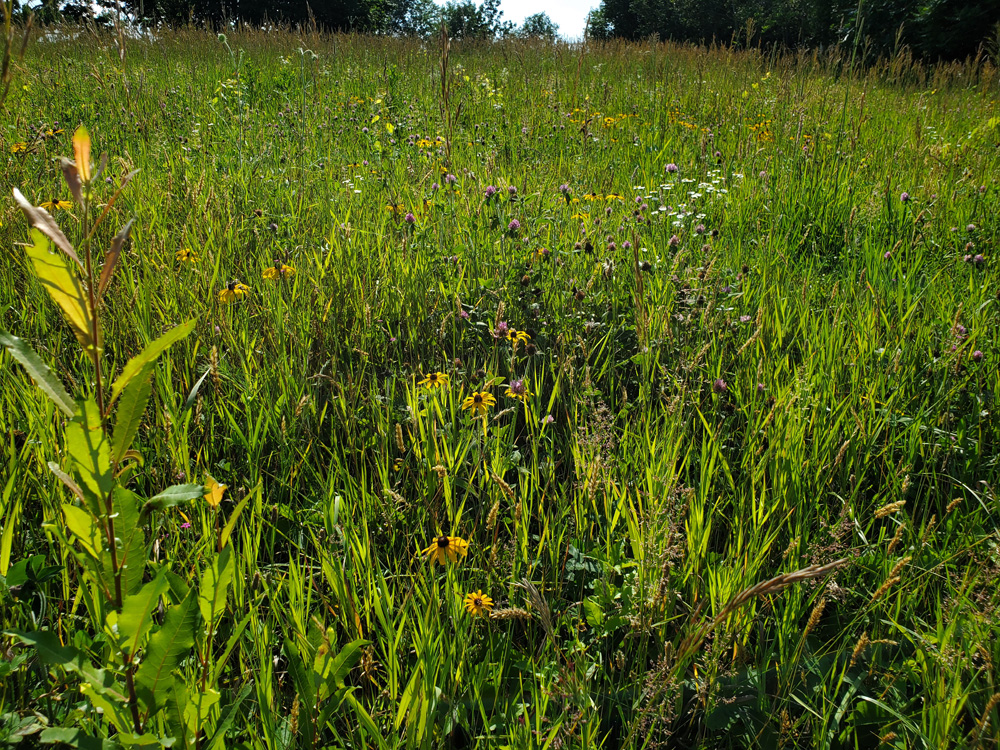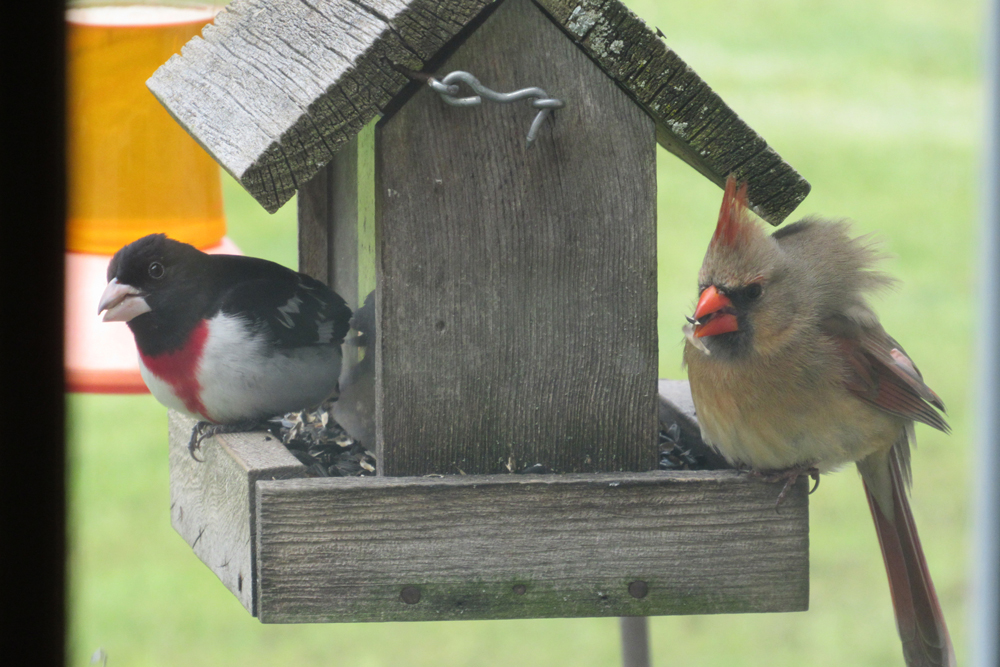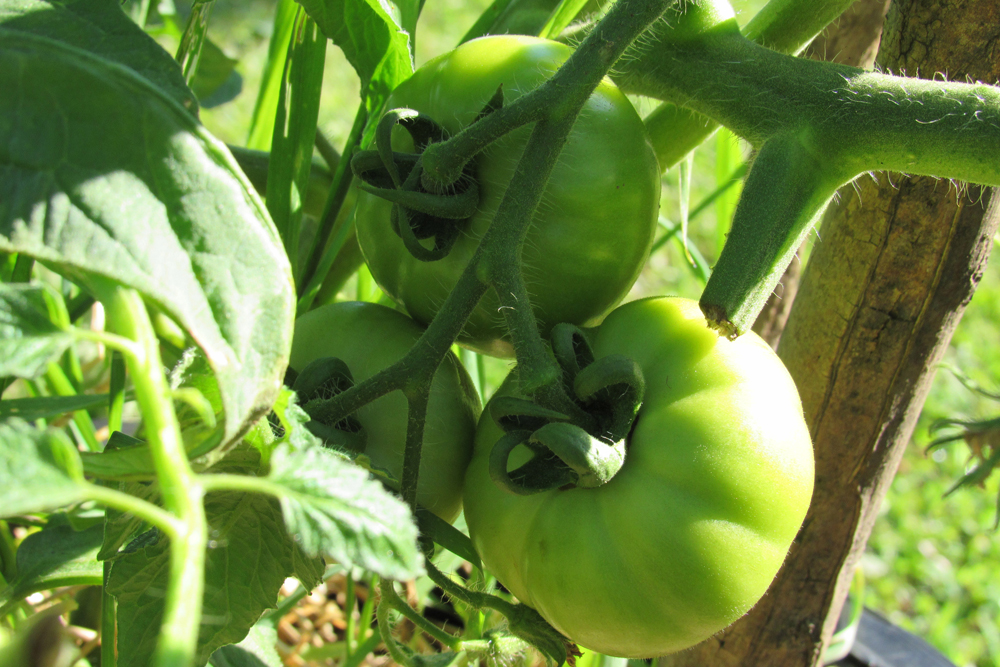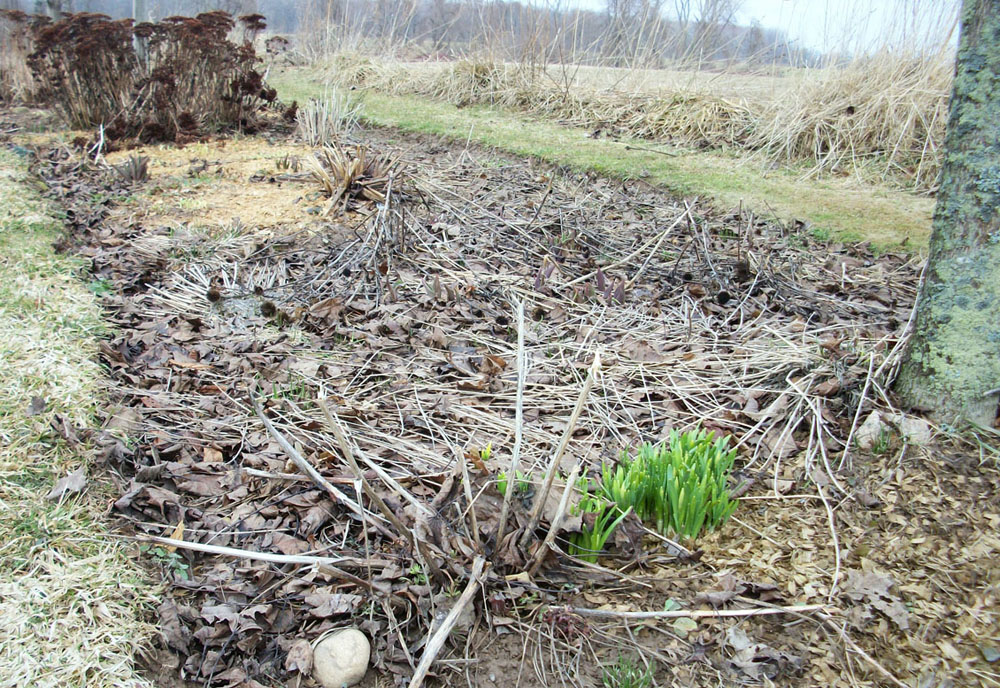Annual flowering vines
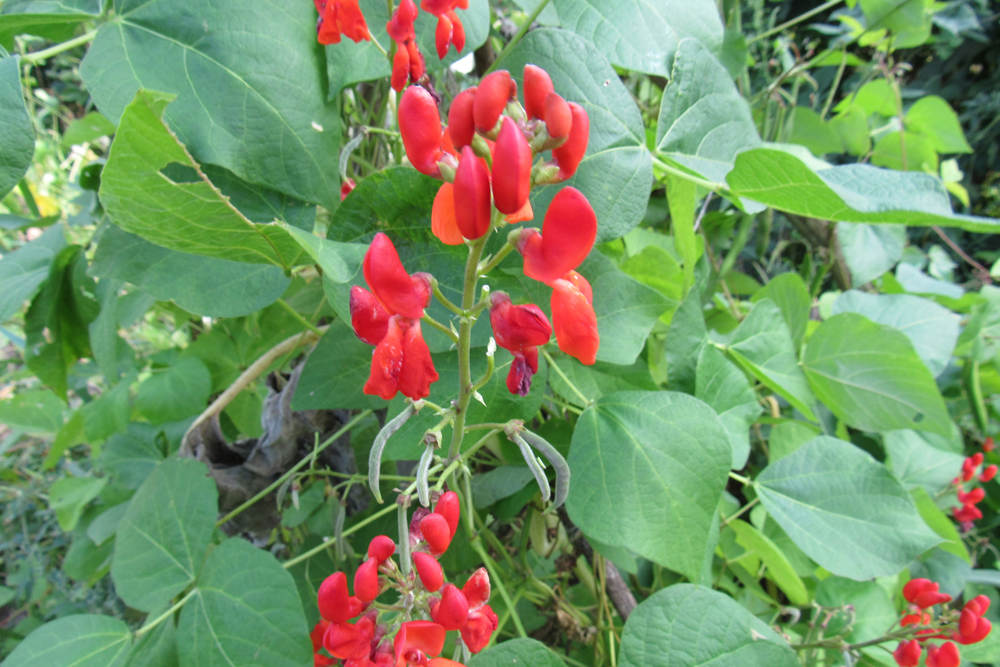
There’s nothing like colorful annual climbing and flowering vines to add charm to your garden and landscape. They add an almost magical quality to your plantings and grow rapidly, yet are not a long-term commitment.
Annual vines are a great way to add a vertical dimension to your landscape, even in your vegetable garden or in containers. You can use vines to hide or camouflage spots in your yard that are not attractive. Annual vines can be used to create warm-weather privacy screens and help elements like fence posts and mailbox posts appear more natural and less dominant.
According to Iowa State University Extension, annual vines are easy to grow and are relatively free of pest problems. Here is a selection of several of the annual vines that you can grow.
Hyacinth bean (Lablab purpureus) grows 10 to 30 feet in a growing season and can completely cover a fence or trellis with its twining stems. The large, six-inch green leaves feature burgundy veins, and the stems are also a burgundy color. Vines produce clusters of purple or white flowers beginning in mid-summer right through fall. The bean pods are flat and burgundy colored. Hyacinth bean needs full sun and well-drained soil. Iowa State recommends soaking the seeds in warm water a day or two before planting directly into the garden. You can eat hyacinth bean pods if you harvest when they are young and tender.
Morning glory vines (Ipomoea purpurea) grow best in full sun to partial shade. To help germination, nick the seed coat with a file or soak the seeds in warm water before planting. You can direct-seed morning glories or start indoors four to six weeks before planting outside (although I cannot recommend starting them inside near lace curtains as I did years ago. I’m sure your imagination will easily envision what a disaster that was). Morning glory vines begin to bloom in mid-to-late summer, and as their name indicates, their bright and cheerful blooms will often close in the afternoon on sunny days.
Sweet peas (Lathyrus odoratus) are an old-fashioned flower grown for their fragrance. They rapidly reach up to six feet tall with flowers appearing in early summer in colors from blue and lavender to salmon and red. Tendrils will make their way easily up a trellis or fence. Soak seeds overnight in warm water before seeding and sow in the garden as soon as the soil can be worked.
Scarlet runner beans (Phaseolus coccineus) climb 10 to 20 feet. The bright green leaves contrast strikingly with the multiple sprays of flaming-red, pea-like flowers. Plant in early May in a protected, sunny location (I have direct-sown in early June and they do fine – just flower a bit later). Pods can be eaten when they are small; if left on the vine, they can grow to a foot long and will turn black, mottled with purple. Another great perk – the flowers are edible – use them for garnishes, in salads, or maybe to decorate cakes!
These are just a few of the many annual flowering vines that can add so much to your garden, and don’t forget about other bean varieties that vine and even cucumbers and gourds that can be trained over trellises and arbors.



